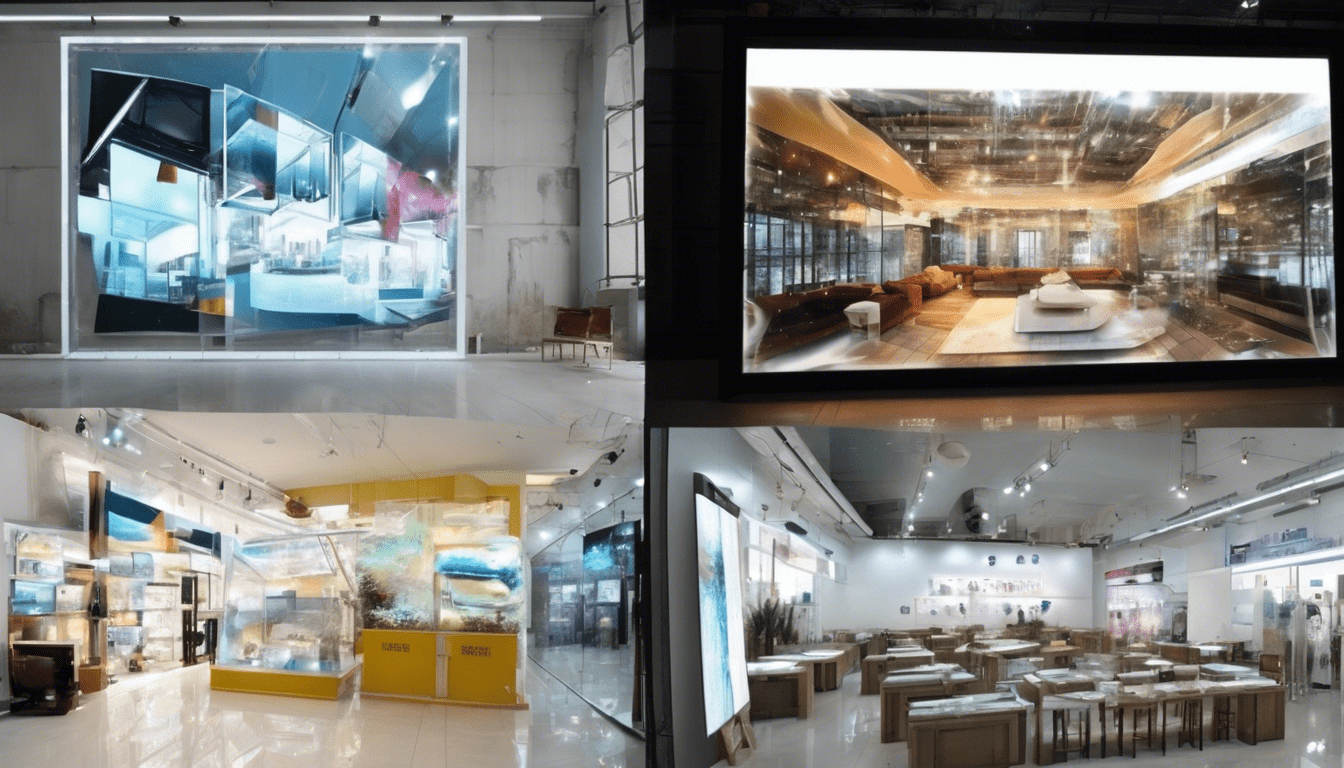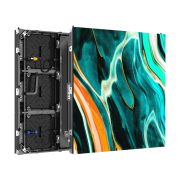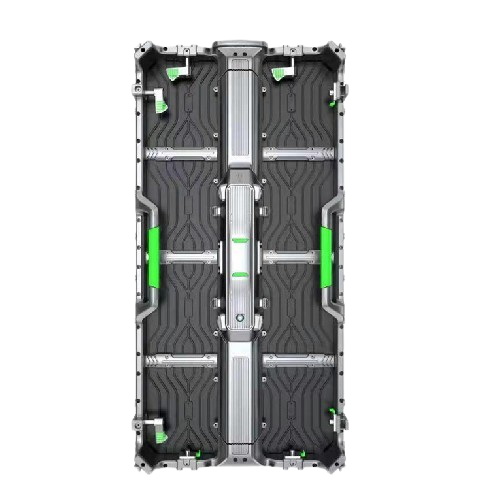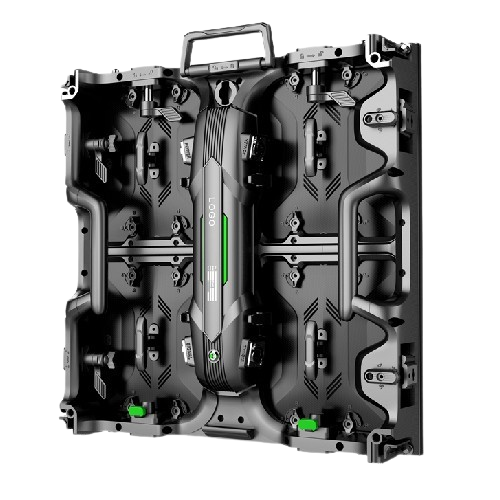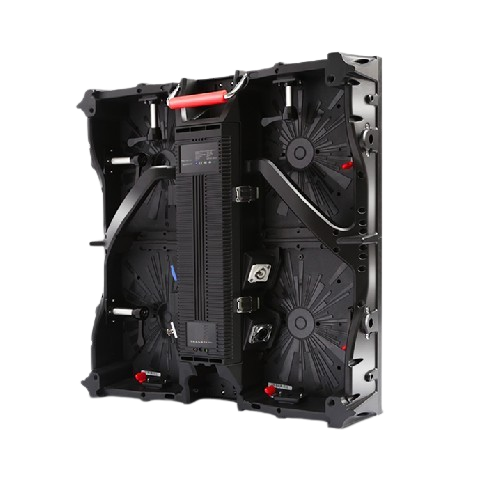The Ultimate Guide to LED Glass Advertising Display Manufacture
Introduction
The manufacturing of LED Glass Advertising Displays is revolutionizing the advertising industry. These high-tech displays combine the transparency of glass with the vivid imagery of LED technology, providing an engaging and eye-catching medium for advertisements. In this comprehensive guide, we will delve into every step of the LED glass advertising display manufacture process, discussing materials, technologies, and best practices that ensure a high-quality product.
What is an LED Glass Advertising Display?
Before diving into the manufacturing process, it’s essential to understand what an LED Glass Advertising Display is. These displays utilize LED lights embedded within a glass panel, allowing the display to be both transparent and highly luminous. They are often used in retail stores, shopping malls, and public spaces to attract attention and convey messages in a visually appealing way.
The Market Demand for LED Glass Advertising Displays
The demand for LED glass advertising displays is on the rise. According to Market Research Future, the digital signage market is expected to grow significantly in the coming years. Factors driving this demand include the need for innovative advertising solutions, advancements in LED technology, and the increased adoption of digital displays in retail and public spaces.
Materials Used in LED Glass Advertising Displays
Glass
The primary material in these displays is, of course, glass. The type of glass used can vary, but it is typically tempered glass due to its durability and safety features. Tempered glass is four to five times stronger than regular glass and is designed to shatter into small, blunt pieces if broken, reducing the risk of injury.
LED Lights
The LED lights themselves are a crucial component. They are usually tiny diodes that emit light when an electrical current passes through them. These LEDs come in various colors and brightness levels, allowing for highly customizable displays.
Conductive Layer
A conductive layer, often made from materials like Indium Tin Oxide (ITO), is necessary to transfer electrical current to the LEDs embedded in the glass. This layer is typically transparent to maintain the display’s see-through quality.
Technologies Involved
Micro-LED Technology
Micro-LED technology is a game-changer in the realm of LED displays. These are tiny, microscopic LEDs that are embedded into the glass at a pixel level, offering higher resolution and brightness. Micro-LED technology is also more energy-efficient and has a longer lifespan than traditional LEDs.
Transparent Panel Technology
This technology ensures that the glass remains clear even when the LEDs are off. It involves the use of specific glass treatments and embedding techniques that maintain the transparency of the glass while ensuring the LEDs are visible when activated.
The Manufacturing Process
Design and Prototyping
The first step in the LED glass advertising display manufacture process is the design phase. CAD software is used to create the initial designs, which are then prototyped to test for functionality and aesthetic appeal. During this phase, considerations for the size, shape, and resolution of the display are made.
Glass Cutting and Treatment
Once the design is finalized, the glass panels are cut to the required dimensions. The edges are smoothed and polished to prevent any sharp edges. The glass may also undergo tempering to enhance its strength and safety features.
LED Embedding
The most critical part of the manufacturing process is the embedding of LED lights within the glass. This is achieved using advanced laser technology to accurately place each LED within the glass panel. The conductive layer is then applied to ensure electrical connectivity.
Assembly and Quality Control
After the LEDs are embedded, the display is assembled. This includes integrating the electrical components and testing the display for functionality. Rigorous quality control measures are taken to ensure that the display meets industry standards and is free of defects.
Software Integration
Finally, the display is integrated with software that allows for easy content management. This software enables advertisers to upload and schedule content, monitor the display’s performance, and make real-time adjustments as needed.
Advantages of LED Glass Advertising Displays
High Visibility
One of the most significant advantages of LED glass advertising displays is their high visibility. Thanks to the brightness and color accuracy of LEDs, these displays can be seen clearly even in broad daylight, ensuring that the advertising message reaches its intended audience.
Energy Efficiency
LED technology is known for its energy efficiency. Compared to traditional light bulbs and other advertising media, LED glass displays consume significantly less power, making them a sustainable choice for long-term use.
Customizability
The level of customizability offered by LED glass advertising displays is unparalleled. Advertisers can choose from various sizes, shapes, and resolutions, and can easily manage the content displayed via user-friendly software.
Durability
The use of tempered glass and robust LED technology ensures that these displays are highly durable. They can withstand various environmental conditions, including temperature fluctuations and physical impacts, making them suitable for both indoor and outdoor use.
Challenges in LED Glass Advertising Display Manufacture
Cost
One of the primary challenges is the cost involved in manufacturing these advanced displays. The materials, technology, and labor required can make the initial investment quite high. However, the long-term benefits often outweigh these costs.
Technical Expertise
The manufacturing process requires a high level of technical expertise. From designing and prototyping to embedding LEDs and integrating software, each step must be executed with precision to ensure a high-quality product.
Maintenance
While these displays are durable, they do require regular maintenance to ensure optimal performance. This includes checking the electrical components, updating the software, and cleaning the glass panels.
Future Trends in LED Glass Advertising Display Manufacture
AI and Machine Learning
The integration of AI and machine learning in LED display technology is an emerging trend. These technologies can help optimize the performance of the displays, analyze viewer engagement, and make automated adjustments to the content based on real-time data.
Interactive Displays
Interactive LED glass displays are gaining popularity. These displays allow users to interact with the content via touch or motion sensors, providing a more engaging and immersive experience. This is particularly useful in retail environments where customer engagement is crucial.
Enhanced Connectivity
With the advent of 5G technology, the connectivity of LED glass displays is set to improve significantly. This will enable faster content updates, real-time data analytics, and more efficient remote management of display networks.
Conclusion
The manufacture of LED glass advertising displays is a complex yet rewarding process. With the right materials, technology, and expertise, these displays offer numerous advantages, including high visibility, energy efficiency, and customizability. As the market continues to grow, staying ahead of emerging trends and overcoming manufacturing challenges will be key to success in this industry.

